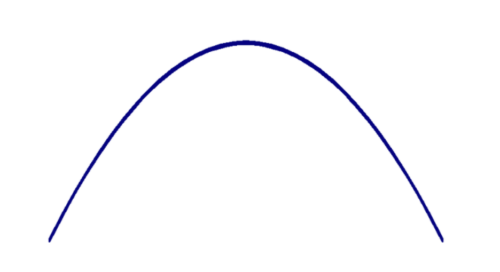A live discussion of the report will take place on Thursday, June 23, 2011, from 12:00 to 2:00 Eastern time. You can watch the event live by clicking here. The event is co-sponsored by the Bradley Center for Philanthropy and Civic Renewal at the Hudson Institute and the Center on Philanthropy at Indiana University. You can also read a Reuters summary article here.
While total estimated charitable giving for 2010 is up 3.8 percent (2.1 adjusted for inflation), this number may be a bit misleading in terms of the overall philanthropic climate. It is important to remember that while giving may be up over last year, overall giving is down since the start of the Great Recession. As Rick Cohen and Ruth McCambridge put it in their thoughtful analysis of this year's numbers at the Nonprofit Quarterly:
What we see in the Giving USA numbers is a still-depressed domestic giving scene. The 2.1 percent increase logged for 2010 estimated giving is an increase based on numbers for the previous two years that have been adjusted down. The adjusted cumulative decline in Giving for 2008 and 2009 was 13 percent so the 2.1 percent estimated increase brings giving to an 11 percent decline from pre-recession highs.
Another number that jumps off the page is the estimated 15.3 percent rise in contributions to international affairs organizations (following a 2.9 percent rise in 2009). When this number is compared with a 1.5 percent decline in giving to human services (which I take to be giving mostly to domestic, local, and regional organizations), one wonders why Americans and especially American foundations are sending more of their money abroad during the economic downturn, especially when there is greater demand for social services here at home. Are we seeing a shift in the overall distribution of philanthropic resources with America's charitable dollars, like its jobs and its armies, migrating overseas: another shade of globalization?
Giving USA 2011 gives us the opportunity to think and talk about how much we are giving. More importantly, however, it should prod us to ask this question: Are our charitable dollars going where they are needed most? Thursday's event at the Hudson Institute will no doubt be a great opportunity to begin that conversation.





